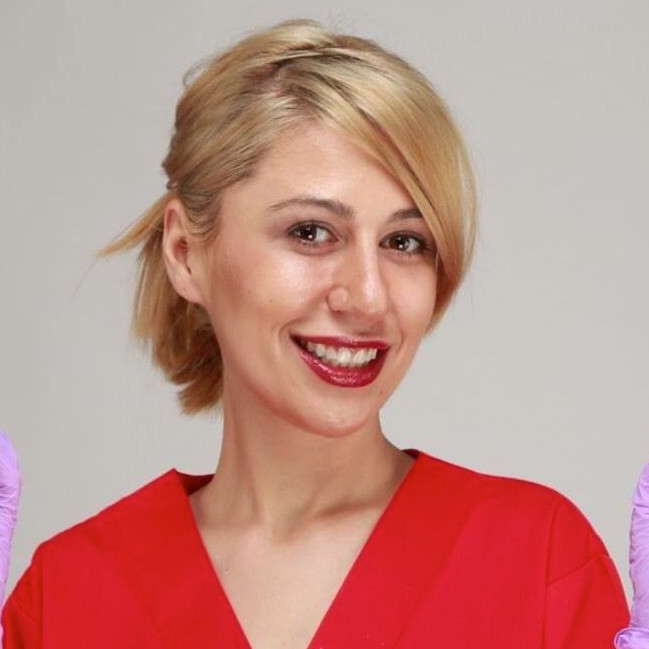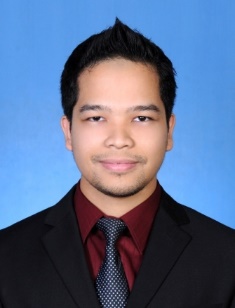Day 1 :
Keynote Forum
Lorelei Nassar,
Clinica de Implantologie Lorelei Nassar, Romania
Keynote: Immediate vs delayed loading in oral restauration on multiple dental implants

Biography:
Abstract:
- Orthodontics and Endodontics
Session Introduction
Shaul Lin
Rambam Medical Center, Israel
Title: The ability of Foreign body and infected by EF SS biofilm to sustain bone lesion in Rat Calvarium

Biography:
Abstract:
Dragan Eliza
Grigore T Popa University of Medicine and Pharmacy, Romania
Title: Innovative surgical workflow for immediately loaded rehabilitations

Biography:
Abstract:
Hamid Rezaie
Orthovan trading ltd, Ukraine
Title: Orthodontic microimplant for distalization of mandibular dentaion in calss III correction

Biography:
Abstract:
Hisham Atwan
Atwan Orthodontic Center, Palestine
Title: Dental implants interactions with modern orthodontics

Biography:
Abstract:

Biography:
Cristina Andreea Virbanescu has received a Master Degree in Implantology
Abstract:

Biography:
Abstract:
Greta Bacionyte
AND klinika, Lithuania
Title: Micro-abrasion: Minimally invasive early treatment option for enamel defects for children

Biography:
Abstract:
Najat A J S Alyafei
Preventative Oral Health Services, Qatar
Title: Asnani project: A preventative oral health program targeting school children in Qatar
Biography:
Abstract:

Biography:
Abstract:
Yulia Bogdanova Peeva
Public Health Medical University, Bulgaria
Title: Awareness and motivation for orthodontic treatment investigated with Q-methodology

